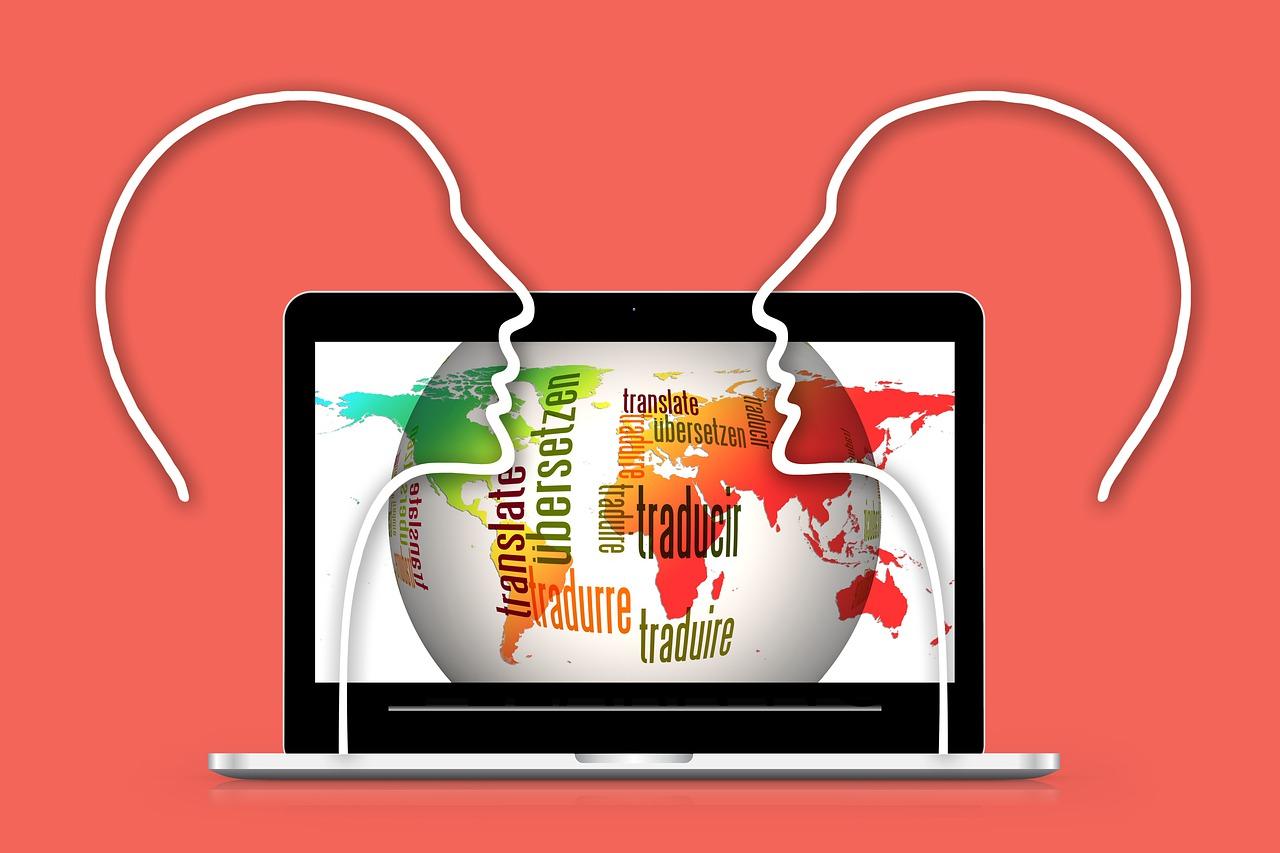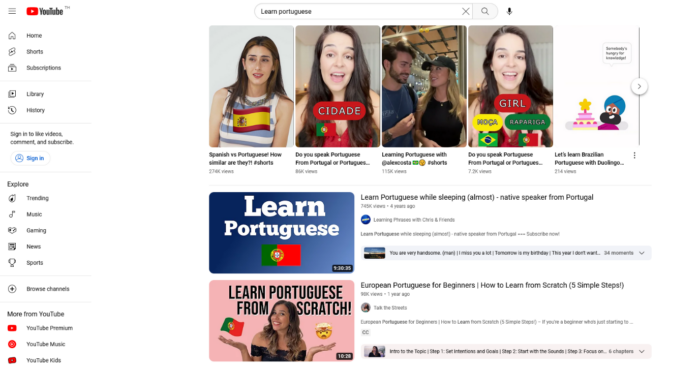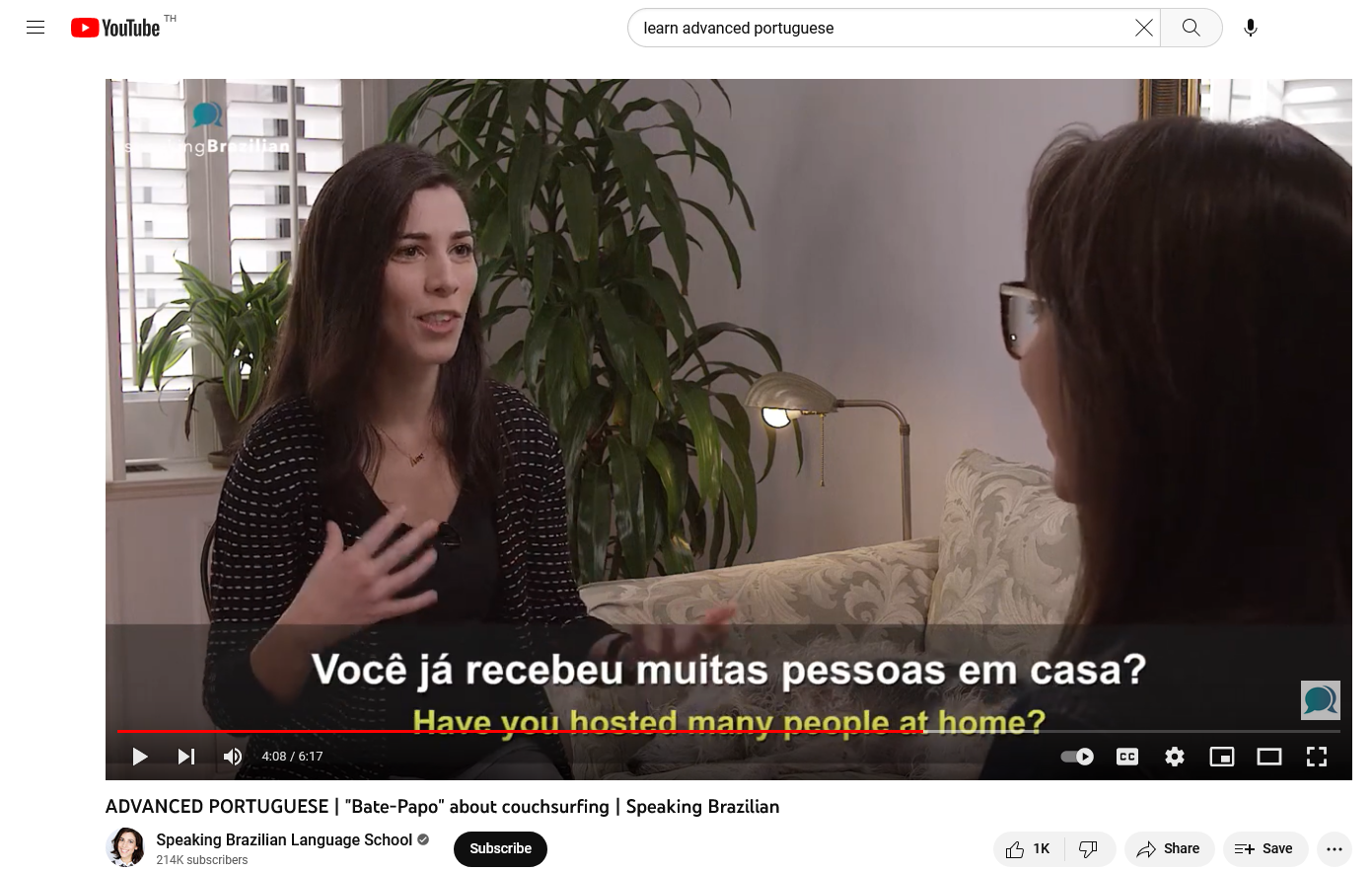Why Does Language Learning Through Videos Work?
Read other articles:
Back to posts
Table of Contents
- 1 12 good reasons to learn a language through videos.
- 1.1 1. There’s so much high-quality video content available
- 1.2 2. Access to native speakers
- 1.3 3. It’s motivational and engaging
- 1.4 4. It’s easy to find your level
- 1.5 5. Stickability!
- 1.6 6. Comprehensible input
- 1.7 7. Stress-free learning
- 1.8 8. Learn wherever you are – at any time!
- 1.9 9. No teacher required!
- 1.10 10. Visual cues and body language
- 1.11 11. Videos provide cultural context
- 1.12 12. Learn at your own pace
- 2 Boost language learning with YouTube videos

In this article, we will find out whether language learning through videos will help you start speaking like a native speaker.
Language learners may stall or give up learning a language entirely if they encounter the following types of problems: language learning through videos
- They find it boring/unengaging
- Lack of interaction with native speakers
- Lack of tangible progress
- It seems too difficult/time-consuming
Most foreign language learners are made of stern stuff and won’t immediately throw in the towel if they face these issues. If you’re on a mission to master the language to the native-speaker level, you’ll know from the start that this doesn’t come easily. A few potholes in the road won’t cause you to turn around.
Learners increasingly turn to video to solve problems with learning a second language.
Why?
Because it works! Video ticks many of the boxes that have been proven to aid language learning…
12 good reasons to learn a language through videos.
Here are 12 reasons why videos should feature heavily if you’re learning a second language…
1. There’s so much high-quality video content available
Over 500 hours of video are uploaded to YouTube every minute and roughly five billion videos are watched on YouTube every day.
That’s just YouTube. With all the other video platforms out there, it’s very obvious that there’s an almost limitless supply of accessible videos available — in every conceivable language and on almost any topic.
2. Access to native speakers
Studies show that connecting with others in the target language makes language learning much more effective — so it’s best not to try to learn a second language through instruction in your native tongue.
In other words, try to immerse yourself in the language with native speakers. If you aren’t living in a country where your target language is spoken, it can be tough to do that. Video can help.
With YouTube and other video channels, you can compile a huge library of videos from native speakers and learn from them directly.

3. It’s motivational and engaging
Video is highly motivational and engaging — the opposite of textbooks and flashcards, which can make learning a language seem extremely dull.
YouTube is the second-most popular search engine after Google (its owner) because people flock there to be entertained, informed and engaged. People are familiar with video and are comfortable with watching hours of it.
But it needn’t just be about watching song videos, cute pets, and how to fix a clogged drain. You can easily learn a language there too.
4. It’s easy to find your level
There’s nothing more off-putting when learning a language than trying to learn from something too difficult or too easy. Both types of content are likely to go in one ear and out the other.
With so much video content to select from, you’re in charge of finding videos that match your level. Beginners can start slow but intermediate and more advanced learners who are trying to take the step up to a native-speaker level should have access to plenty of great content in your target language: movies, TV shows, documentaries, travel shows, and so on.
The visual clues in the video provide help for weaker students without being a distraction for the stronger learners.
5. Stickability!
People remember stories much more readily than vocab lists. They have greater stickability!
While there are still quite several teachers using video purely to teach vocab lists, that’s a waste. Video is an ideal medium for creating and viewing meaningful and memorable content – which can only aid the learning process.
The visual and aural stimulants from video stimulate the learning centres of the brain, demand attention and aid the memory: all great for language learning.

6. Comprehensible input
Language expert Stephen Krashen talked about the importance of compelling and comprehensible input (listening, watching and reading) when learning languages — rather than output (speaking and writing), which is the focus of so many language programs and apps.
Video provides the perfect opportunity to receive an almost unlimited amount of comprehensible input — and you can turn the “tap” on and off as much as you like.
7. Stress-free learning
Krashen also emphasizes the importance of learning in an anxiety-free environment. Many traditional classrooms are set up in quite the opposite way — with students put on the spot and encouraged to speak even when they’re not ready to. This can be a hindrance to language learning.
It’s difficult to think of a more relaxed way to learn a language than watching YouTube videos and absorbing your target language.
8. Learn wherever you are – at any time!
Learning via video platforms and mobile devices means that you’re not bound by class times, teacher availability, travel restrictions or anything else — you can learn anywhere and at any time.
Learning experiences are available 24/7 so if you wake up in the middle of the night wondering how to say “How can I get back to sleep?” in Bulgarian, there will be a video you can view to tell you the answer.
While this is convenient for most language learners, it’s especially convenient for those based in remote areas rather than major urban areas.
9. No teacher required!
With the right video content and some self-discipline, you can learn a foreign language without a teacher. That’s right! From scratch, with video content alone — no classroom, no classmates and no language lab.
Those with the basics already and aspiring to higher proficiency levels can “kick on” with their learning and gain greater fluency by sourcing and watching the right videos in the target language.
10. Visual cues and body language
Learners often underestimate the importance of body language and visual cues when learning a foreign language. Facial expressions, gestures, and so on impart valuable meaning when we communicate.
Videos naturally include these visual prompts to aid the language-learning process and if pitched at the right level in the target language, can be highly effective in making learning points stick.

11. Videos provide cultural context
When you watch a video, you acquire more than just language. You get a window into people’s lives, surroundings and culture.
Whether it’s a period drama, a modern-day thriller, a comedy show, a how-to video or a documentary on a topic of interest, the view you receive stretches far beyond the language. This can often help learners use the target language in the appropriate situations, mimicking their views.
12. Learn at your own pace
Not all language students like to learn at the same pace. With videos, you’re in charge. You can pause, start, stop, rewind and fast-forward very easily. You’re in control and can learn at a pace that suits your brain and your mood.
If you need to hear a phrase three or four times or don’t understand something, simply rewind and play again. Video provides the ultimate flexibility when learning — and you’ll never feel “lost” or “left behind”.
Boost language learning with YouTube videos
Rather than memorizing a set of grammar rules, words, letters and sounds, learning a language from video opens up a whole new world of possibilities. Captioned videos are the most effective form when learning a language.
Once you identify captioned videos of interest in the target language, a simple Chrome extension can help you focus your language learning and increase your proficiency.
You can watch entire shows, documentaries, short clips or other engaging video content on YouTube and identify phrases that need more explanation, translate them and save new vocab.
This provides exposure to native speakers and real-life culture, mannerisms and lifestyles while you watch something that engages the brain on multiple levels.
Download our free Chrome extension for less “studying” and more exposure to the language — whether you’re in front of your computer or on the move with a mobile device.
Read other articles:
Back to posts
